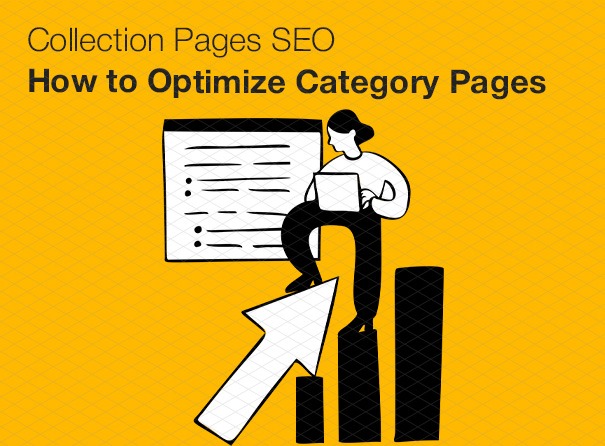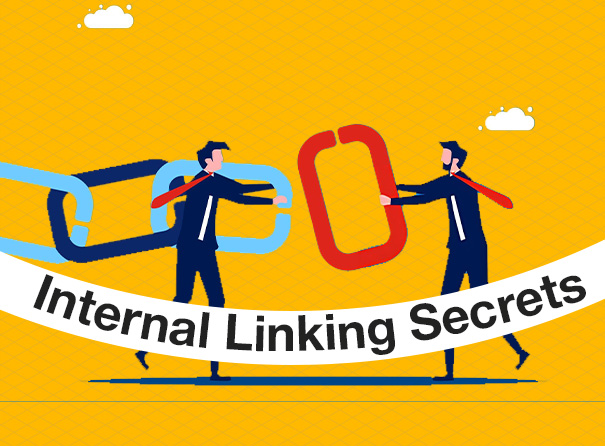Often overlooked, these category pages act as essential gateways that guide both users and search engines through your site. When properly optimized, they not only enhance user experience but also improve internal linking, keyword relevance, and crawlability. Unlike individual product pages that target very specific queries, collection pages allow you to rank for broader, high-intent search terms.
From structuring metadata and improving content to refining UX and analyzing performance, this guide will walk you through the complete process of optimizing your collection pages for better rankings and traffic. Whether you’re new to SEO or looking to deepen your strategy, understanding how to optimize category pages is a vital part of effective SEO Services in today’s digital landscape.
- Understand Why Category Pages Matter: - Category pages serve a dual purpose. First, they group products into themes that match shopper intent and search behavior. Second, they act as internal hubs, linking to relevant products and content. Search engines reward well-structured sites, so understanding the importance of category page SEO optimization underpins an effective Collection vs product page SEO strategy. Effective category pages make your site easier to crawl, index, and rank.
- Write Unique, Keyword-Rich Content: - Many category pages suffer from lack of copy. Just product grids aren’t enough. By adding 150–300 words that naturally incorporate target keywords—like “SEO for eCommerce category pages” and “on-page SEO for collection pages”—you signal relevancy and give users context. Don’t keyword-stuff. Instead, discuss product benefits, category specifics, and guiding tips. This not only enhances UX but also ensures your theme is properly understood by search algorithms.
- Optimize Title Tags & Meta Descriptions: - Title tags and meta descriptions act as your category page’s headline in search results. Include your primary keyword—collection pages SEO—in the title, such as “Summer Dresses Collection – Stylish Women’s Clothing.” Paired with a compelling meta like “Browse our curated collection of summer dresses. Free shipping over $50,” this encourages clicks and aligns search intent. Each category needs unique, descriptive metadata to avoid duplicate content.
- Enhance On-Page SEO for Collection Pages: - On-page SEO elements define structure:
- Use an H1 that matches the page theme (e.g., “Men’s Running Shoes”).
- Break content into H2/H3 sections (e.g., “Top Brands,” “Sizing Guide”).
- Add alt-text to images using descriptive variations (e.g., “blue running shoes size 10”).
- Avoid hidden or duplicated content. By following these SEO best practices for product collections, you provide both clarity and relevance to users and search engines.By following these SEO best practices for product collections, you provide both clarity and relevance to users and search engines.
- Use Internal Linking for Category Pages: - One of the strongest signals for search engines is internal linking for category pages. Include links to related categories, relevant blog posts, and seasonal guides. For example, a “Camping Gear” category could link to a blog on “Top 5 Hiking Tents.” Many marketers are still unsure about the difference between pillar pages and topic clusters for SEO, even though choosing the right structure can significantly impact search rankings. By using your text strategically, you improve navigation and topical authority effortlessly.
- Build an SEO-Friendly Site Structure: - Your site’s architecture affects how easily both users and bots can navigate content. Use short, keyword-rich URLs—like /collections/winter-jackets/. Implement breadcrumbs to reflect hierarchy (Home > Collections > Winter Jackets). A shallow structure (clicks deep) ensures category pages aren’t buried under layers, directly supporting an effective eCommerce site structure for SEO.
- Balance Collection vs. Product Page SEO: - While both pages are valuable, they serve different roles:
- Category pages target broader, mid-funnel search terms.
- Product pages aim for high-intent, long-tail queries.
Avoid cannibalizing keywords. Let category pages act as thematic hubs while products capture specific purchase intent. When defined clearly, each page type fulfills its SEO role without competing against the other. - Apply Schema Markup and Structured Data: - Enhance category pages with Breadcrumb List and Item List schema. You can also add rich markup like minimum/maximum prices and product counts. These structured data types help Google create enhance listings—sometimes showing price ranges or count previews in search results. While structured data may not directly boost rankings, it enhances SEO for eCommerce category pages by improving click-through rates and user signals.
- Monitor Performance & Refine Strategy: - Once optimizations go live, track key metrics:
- Google Search Console for impressions and clicks
- Analytics tools for bounce rate, time on page, and conversion
- A/B test headings, images, CTAs, and content variations
This continuous feedback loop helps you refine your approach and stay competitive. Building a consistent online presence starts with understanding how local citations impact your SEO, especially when targeting local search rankings. Although that text might feel unrelated, consider how categories targeting local regions can benefit from local citation integration. - Conclusion & Next Steps: - Optimizing category pages isn’t optional—it’s essential. By combining unique content, metadata optimization, internal linking, structured data, and ongoing refinement, you transform collection pages into strategic assets that generate visibility, qualified traffic, and conversions. Need help turning your collection pages into growth drivers? The team at Inqnest Digital Marketing Agency specializes in customizing optimization strategies that align with your eCommerce goals. From technical audits to content creation and structured data implementation, our solutions are designed to elevate your store’s performance. Talk to us today to unlock your category-level SEO potential.











.png)









.jpg)


.png)
.png)
.png)

.png)
